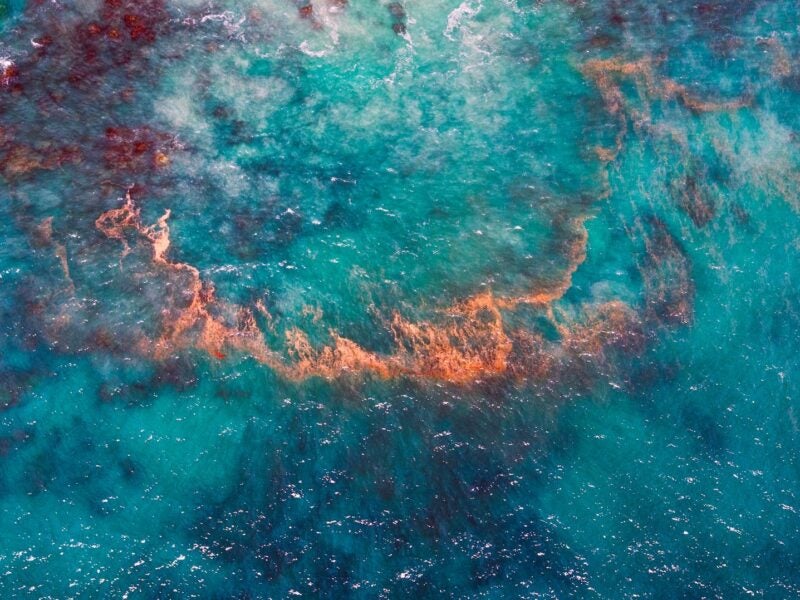Consolidated categories and unified rankings enable you to explore and compare journals more easily.
Today we announce the 2024 release of the annual Journal Citation Reports™ (JCR™), which marks the completion of a series of significant changes we’ve implemented in recent years. This blog will take you through what to expect in the application.
Last year’s release expanded the Journal Impact Factor™ (JIF™) to all journals in the Web of Science Core Collection™ and moved to display the JIF to one decimal point. The 2024 release builds on this by including unified rankings for 229 science and social science categories which now include journals from the Emerging Sources Citation Index™ (ESCI). This approach places each journal within the context of all journals in its category or categories in the Web of Science Core Collection, providing a comprehensive, holistic view for the evaluation of a journal’s performance.
Trusted journal intelligence
For nearly a half century, the research community has relied on the publisher-neutral journal intelligence in the Journal Citation Reports to confidently identify and evaluate high-quality journals. The wide array of indicators, descriptive data and visualizations available in JCR journal profiles support evidence-informed decision-making throughout the scholarly research ecosystem— from researchers deciding where to submit their manuscripts to publishers managing portfolios of journals.
In 2023, we extended the JIF to all journals in the JCR and Web of Science Core Collection, which expanded the JIF into a measure of trust. Today’s release simplifies the evaluation of these journals within the context of their fields.
Category-first approach
Like last year, the primary change is in the data itself. You’ll notice some changes in how we are displaying the information in the application going forward. No changes have been made, or will be made, to prior years or previously released metrics.
Until now, categories have been linked with their edition: Science Citation Index Expanded™ (SCIE), Social Science Citation Index™ (SSCI), Arts & Humanities Citation Index™ (AHCI), and Emerging Sources Citation Index. With a category-first approach, we are decoupling edition from the category. There is now one category across all relevant editions so that you can explore all journals in the same category more easily within the application. For example, the History & Philosophy of Science category displayed as four separate lines in the 2023 JCR release. This year, journals in all four editions are consolidated in one History & Philosophy of Science category.
JCR 2023 display

History & Philosophy of Science in the 2023 JCR release
JCR 2024 display

History & Philosophy of Science in the 2024 JCR release
This change applies to all 254 categories in this year’s JCR.
Unified ranking
In addition to the category-first approach that applies to all JCR content, 229 categories in the sciences and social sciences also rank journals by Journal Impact Factor. Each ranking includes journals in all relevant editions. For example, Psychiatry is a category in SCIE, SSCI and ESCI. In prior years, journals in this category were only ranked if they were in SSCI or SCIE, and the rankings were separate. This year, journals in SCIE, SSCI and ESCI are part of a single ranking structure, and the interface reflects this throughout the application. Where categories exist across multiple editions and previously had two ranks, these are now condensed into one.

Psychiatry journals ranked in the 2024 JCR release
Unlike in prior years, the total number of journals ranked in Psychiatry doesn’t change between editions: journals in all three editions are included in a single rank. Going forward, the data will now show on one row when browsing journals, and the profile page will show the current, single ranking, as well as the split historical ranking.

Journal profile page in the 2024 JCR release
As previously announced, the 25 arts and humanities categories in AHCI and ESCI will not receive a rank, quartile or percentile going forward. There will be a simple message on each journal’s profile page stating this policy.
Enhancing transparency and inclusivity
Over the past decade, the changes we’ve made to the JCR have resulted in a more inclusive tool that supports responsible research evaluation. All Web of Science Core Collection journals are now available for analysis, including recently launched journals, open access journals, those with a niche or regionally focused scope and journals from the Global South. Full transparency into data underlying the citation statistics for each journal enables you to see each and every article and citation that has contributed to a journal’s scholarly impact. We have evolved the JIF from an indicator of scholarly impact in the sciences and social sciences to an indicator of both scholarly impact and trustworthiness across all disciplines at the journal level. We eliminated three decimal places to safeguard against misinterpretations of the statistic.
In a world with an ever-increasing number of journals and threats to research integrity, the research community needs a reliable source of journal intelligence more than ever before. This year’s release represents the culmination of our recent efforts to enhance the Journal Citation Reports so that researchers, publishers and librarians can continue to find the best-fit journals for their work, make evidence-informed business decisions and ensure library collections support rigorous research and teaching with transparent, publisher-neutral data.
Find out more about the 2024 Journal Citation Reports here.
Check out all of our JCR articles and news here.





